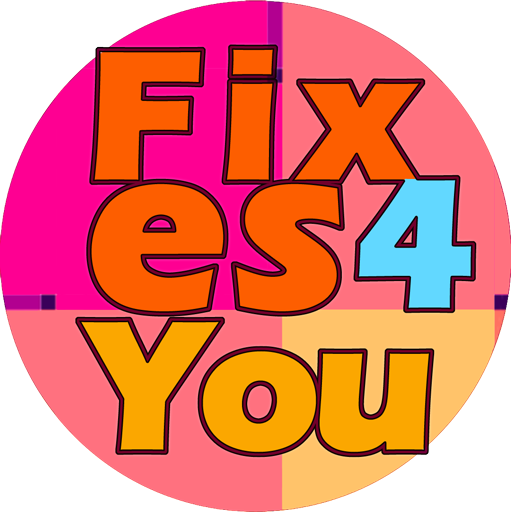We are told the clock turns only one way, its gears grinding forward, accumulating dust and slippage. But now, a proposition, presented in the stark pages of a medical journal and spoken aloud at a gathering of minds in Alzheimer’s research. What if the hands could be persuaded to falter?
To hesitate. To tick, for a moment, in reverse. This is the finding, a quiet but potent revelation: older adults, through a concerted effort of body and will, can achieve brain-test scores that do not match their birth certificates. The minds of those in their late sixties and seventies, suddenly performing with the acuity of someone a year, perhaps two, younger.
It is not a single, miraculous act.
It is a trinity of small, daily devotions. Researchers at Wake Forest University School of Medicine have shown that the combination is what holds the power. Exercise. A specific diet. A mind pushed out of its comfortable ruts. Separately, they are beneficial. Together, they form a bulwark against the creeping fog.
Laura Baker, the lead researcher, puts it simply. We are all on a “cognitive aging clock.” This work is about slowing that clock’s unforgiving pace. It is a significant benefit, she says. A stay of execution.
A Regimen of Small Rebellions
The formula is specific, a catechism of self-preservation. It asks for commitment, for the remaking of habit.
The body must be moved, four times a week, with an intensity that quickens the breath. Not a gentle stroll, but a brisk, purposeful stride. To this, add the strain of resistance, the deliberate tension of muscle twice a week, a reminder that the frame is not yet finished with its work. Stretching. Pushing. Holding.
Then, the plate.
The MIND diet. A plate cleared of its usual comforts and remade. It demands leafy greens, dark as a forest floor. Berries, a stain of sharp sweetness. Whole grains, poultry, the silver flash of fish. It is a diet of what is given, not what is taken. But the subtractions are just as crucial. Red meat, fried things, sugar. Ghosts at the feast, their absence a presence in itself.
And the mind itself, put to work.
It cannot be allowed to rest on the familiar. Social engagement is not a casual coffee but a deliberate act. New faces weekly. The brain is prodded with online exercises, a program called Brain HQ, its puzzles and patterns a form of mental calisthenics. But it is also more. The learning of an instrument, its notes a strange new grammar.
A foreign language, its vocabulary a mountain to be scaled. A book club that dissects not thrillers but Byzantine history. Anything but the well-worn path.
• A Reversal of Time Participants in their 60s and 70s registered cognitive scores on par with adults one to two years younger, a measurable slowing of the aging process.
• The Trinity of Health The study’s power lies not in one single action, but in the combined, synergistic effect of physical exercise, a brain-focused diet, and consistent mental and social engagement.
• More than Muscle The prescribed physical activity included four weekly sessions of moderate-intensity exercise, supplemented with resistance training and stretching, underscoring the need for a varied approach.
• The Proactive Mind Participants were actively encouraged to seek out novelty through structured brain-training programs, learning new skills, and meeting new people, fighting cognitive complacency.
From the Inside, Looking Out
For the people involved, this is not an abstract set of data points.
It is a life, felt from the inside. Consider Phyllis Jones, sixty-six. She watched her own mother disappear into the labyrinth of dementia. A slow fade. A future she will not accept for herself. Joining the study was, for her, the first proactive motion, a refusal to be a passive spectator to her own potential decline.
The changes are recorded on charts.
Lost weight. Improved cardiovascular health. But the true measure is internal. A sharper focus, she reports. The ability to multitask, that simple, modern dance of juggling demands without dropping the thread of a thought. It is the feeling of gears catching, not slipping. An empowerment that comes from steering your own vessel, even when the currents are strong.
It is the knowledge that the heart and the brain are linked by ▩▧▦ anatomy; they are fed by the same blood, sustained by the same choices. What benefits the pump, benefits the palace.
The entry point need not be daunting. Ten minutes. A brisk walk. It is enough to begin. The key is finding the motion that brings not just exertion, but a measure of joy.
Swimming. A virtual reality boxing session, with lights and music. The body remembers pleasure. And the mind, it craves a challenge. Puzzles. Reading clubs. The difficult chords of a guitar. Choice, it seems, is the final, essential ingredient. The choice to begin.

Staying active and eating right may do more than just improve physical health — it could actually help older adults keep their minds sharper .
Find other details related to this topic: Visit website











